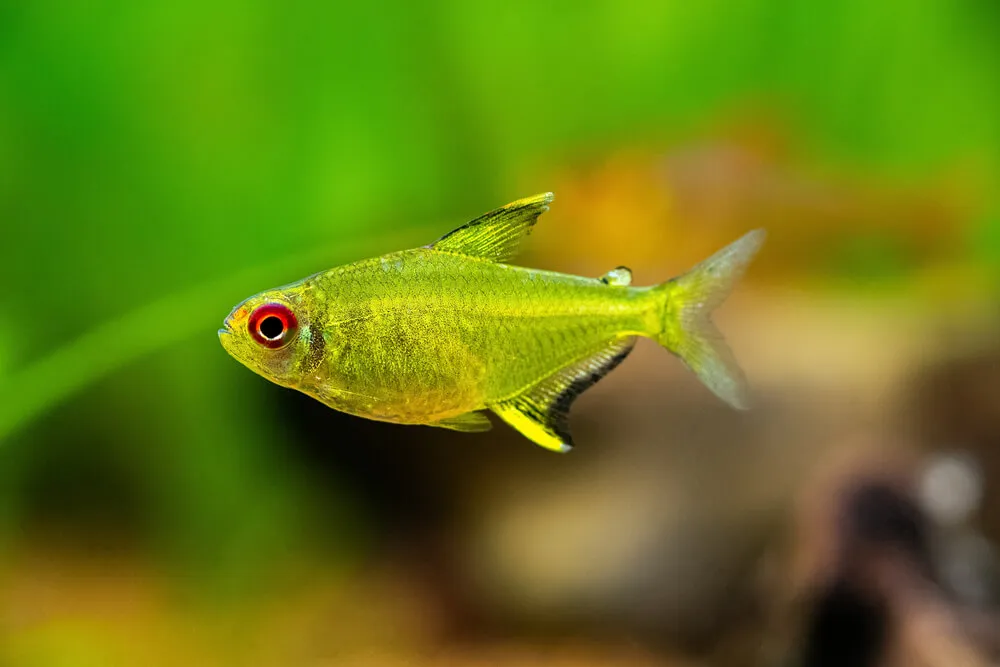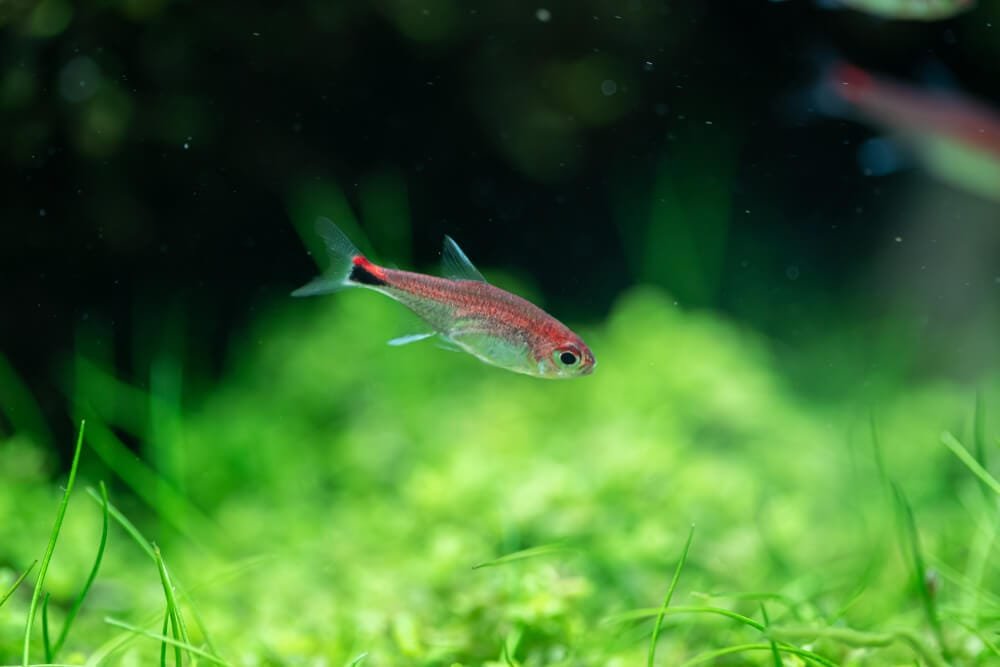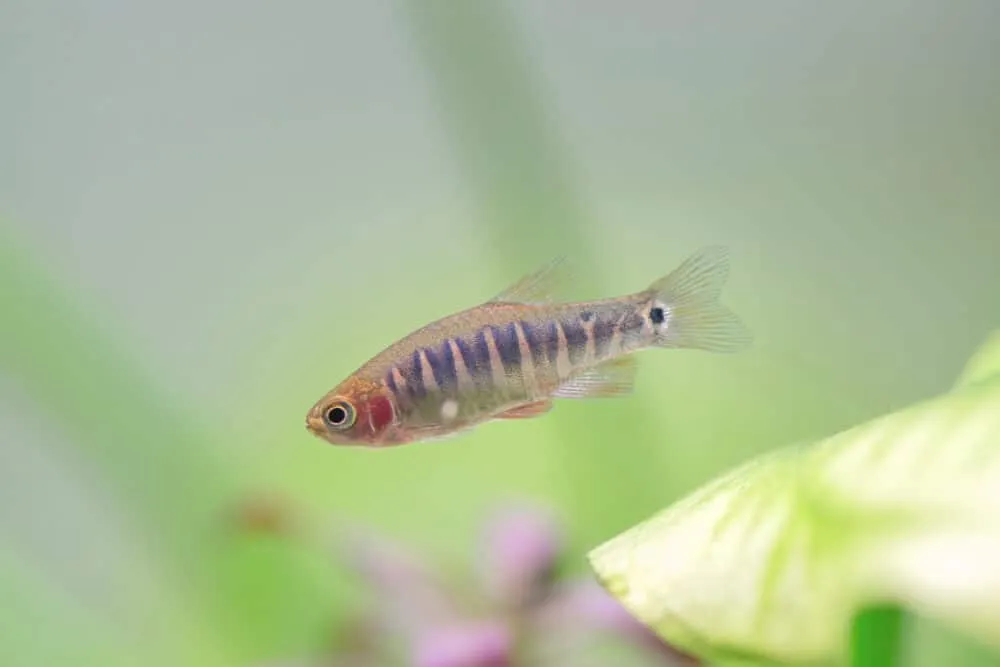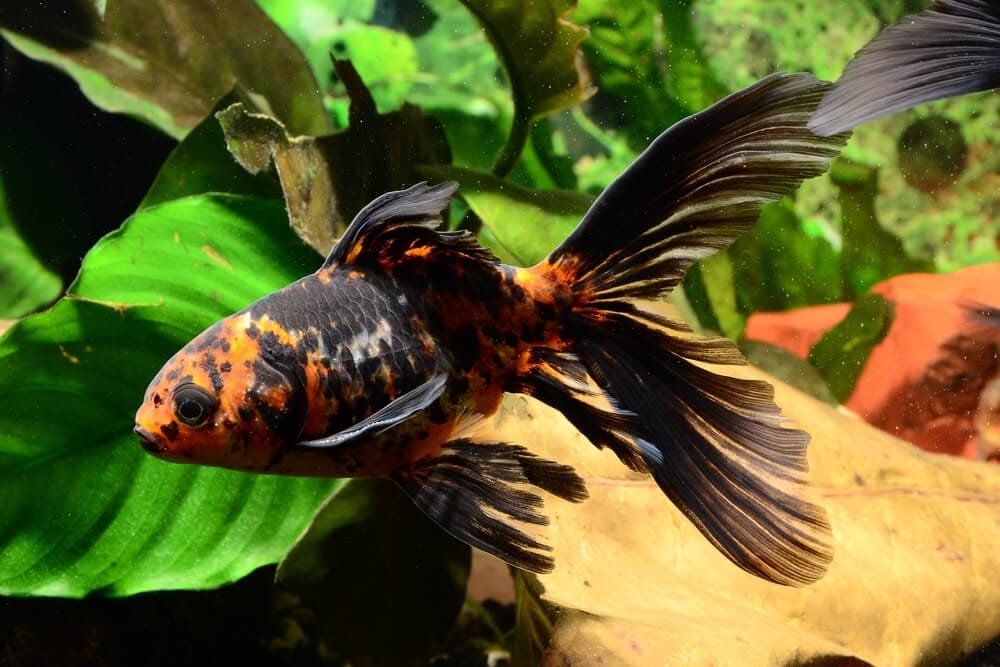Lemon Tetra Care: Tank Requirements and Breeding Tips

The Lemon Tetra, with its vibrant golden hue, is a stunning addition to any aquarium. This small, friendly fish is known for its peaceful nature and ability to coexist harmoniously with other fish species. With its dazzling lemon-colored body and delicate fins, the Lemon Tetra is sure to catch the eye of any aquatic enthusiast. Whether you are a beginner or an experienced fishkeeper, this article will provide you with valuable insights into the care and maintenance of the Lemon Tetra, ensuring that your underwater world is filled with vibrancy and serenity.
Appearance
Size
The Lemon Tetra is a small fish, reaching an average size of around 2 inches (5 cm) in length. This makes them a popular choice for smaller aquarium setups.
Color
True to their name, Lemon Tetras exhibit a bright lemon yellow coloration that covers their entire body. This vibrant hue adds a cheerful and eye-catching element to any aquarium.
Body Shape
Lemon Tetras have a streamlined and slender body shape, allowing them to effortlessly glide through the water. Their bodies are laterally compressed, with a slightly curved profile. This sleek design enables them to navigate easily among plants and other obstacles within their environment.
Habitat
Native Region
Originally from South America, Lemon Tetras are native to the Amazon River basin and can be found in countries such as Brazil, Peru, and Colombia. They inhabit the slow-moving and heavily vegetated waters of these regions.
Aquarium Setup
To recreate the natural habitat of Lemon Tetras in an aquarium, it is important to provide ample plant cover. They thrive in heavily planted tanks with dense vegetation, which provides them with places to seek shelter and explore. Additionally, adding driftwood and rock formations can enhance their natural habitat and create hiding spots.
Water Conditions
Lemon Tetras prefer soft and slightly acidic water conditions. The ideal temperature range for these fish is between 72-80°F (22-27°C). Maintaining a pH level of around 6.0-7.0 and a water hardness of 2-10 dGH will help mimic their natural environment and promote their overall well-being.
Behavior
Schooling Behavior
Lemon Tetras are social fish that exhibit a strong schooling behavior. They thrive when kept in groups of six or more individuals. The presence of a school provides them with a sense of security and allows them to showcase their natural behaviors, such as synchronized swimming and shoaling.
Compatibility with Other Fish
Known for their peaceful nature, Lemon Tetras are generally compatible with a wide range of community fish species. They get along well with other small, non-aggressive fish that share similar water parameter requirements. Some suitable tankmates include other Tetra species, Rasboras, Corydoras catfish, and small peaceful Gouramis.
Feeding Habits
Lemon Tetras are omnivorous and have a versatile diet. In their natural habitat, they mainly feed on small insects, worms, crustaceans, and plant matter. In an aquarium setting, they readily accept a variety of commercially available fish foods such as flakes, pellets, frozen or live foods. It is important to provide them with a varied diet to ensure optimal health and nutrition.
Breeding
Sexual Dimorphism
It can be challenging to differentiate between male and female Lemon Tetras based on external characteristics alone. However, during the breeding season, females may appear slightly rounder and have a more prominent belly due to the eggs they carry. Males, on the other hand, may exhibit brighter colors and develop a more streamlined body shape.
Breeding Process
To encourage breeding in Lemon Tetras, it is essential to create the right conditions. This involves providing a dedicated breeding tank with soft, acidic water, a temperature of around 78°F (25°C), and plenty of fine-leaved plants for the female to lay her eggs on. Once the female lays the eggs, the male will fertilize them. The parents should be removed after spawning to prevent them from consuming the eggs.
Raising Fry
The eggs of Lemon Tetras usually hatch within 24-36 hours. The newly hatched fry are extremely tiny and will initially rely on their yolk sacs for nourishment. After a few days, they will begin to swim freely and can be fed infusoria or commercial liquid fry food. As they grow, the fry can gradually transition to powdered or finely crushed flake foods. Consistent water quality and regular feeding will support their growth into healthy young fish.
Diet
Natural Diet
In their natural habitat, Lemon Tetras have a varied diet that consists of small insects, worms, crustaceans, and plant matter. They are opportunistic feeders and will consume whatever is available to them in their environment.
Captivity Diet
In captivity, Lemon Tetras readily accept a wide range of commercially prepared fish foods such as flakes, pellets, and freeze-dried or frozen foods. It is beneficial to provide them with a balanced diet that includes a mix of protein-rich foods, such as brine shrimp or daphnia, as well as high-quality vegetable-based flakes or pellets. Offering a variety of food types will help ensure their nutritional needs are met.
Tankmates
Compatible Fish
Lemon Tetras are peaceful fish that generally get along well with other small, non-aggressive community fish. Suitable tankmates for Lemon Tetras include other Tetra species like Neon Tetras or Ember Tetras, Rasboras, Corydoras catfish, small peaceful Gouramis, and other similarly sized fish that share similar water parameter requirements.
Incompatible Fish
While Lemon Tetras are generally peaceful, it is important to avoid keeping them with aggressive or fin-nipping species. Avoid larger predatory fish or those known for their territorial behavior, as they may stress or harm the Lemon Tetras. It’s always important to research and consider the specific temperament and compatibility of any potential tankmate before introducing them to the aquarium.
Tank Requirements
Tank Size
Given the small size of Lemon Tetras, a tank size of at least 10-15 gallons (38-57 liters) is suitable for a small group of these fish. However, the larger the tank, the better, as it provides more swimming space and allows for a greater number of fish to be kept comfortably.
Water Parameters
Maintaining the appropriate water parameters is crucial for the health and well-being of Lemon Tetras. They prefer soft and slightly acidic water with a pH level ranging from 6.0 to 7.0. The ideal temperature for Lemon Tetras is between 72-80°F (22-27°C), and a water hardness of 2-10 dGH is recommended.
Filtration
Proper filtration is essential in maintaining good water quality for Lemon Tetras. A reliable aquarium filter should be used to remove physical debris and maintain a stable nitrogen cycle. A moderate flow rate is generally well-tolerated by these fish, but it’s important to ensure that they have areas in the tank with reduced water flow to allow for resting and comfortable swimming.
Common Diseases
Ich
Ich, also known as white spot disease, is a common ailment that affects many freshwater fish, including Lemon Tetras. It is caused by a parasitic protozoan called Ichthyophthirius multifiliis. Symptoms include the appearance of small white spots on the fish’s body and fins, accompanied by scratching and rubbing against objects. Ich can be treated using appropriate medications and by raising the water temperature.
Fin Rot
Fin Rot is a bacterial infection that can cause the gradual deterioration of a fish’s fins and tail. It is often the result of poor water quality, stress, or injury. Affected fins may appear frayed, ragged, or discolored. Treating Fin Rot involves addressing the underlying cause, improving water quality, and administering antibiotics if necessary.
Velvet Disease
Velvet Disease, also known as Gold Dust Disease or Oodinium, is caused by a parasitic protozoan called Velvet. Infected fish may appear to have a gold dust-like or velvet-like coating on their bodies, along with symptoms such as rapid breathing, lethargy, and loss of appetite. Treating Velvet Disease usually involves medicating the aquarium water with specific antiparasitic medications.
Tank Maintenance
Water Changes
Regular water changes are crucial in maintaining a healthy and stable environment for Lemon Tetras. It is generally recommended to perform weekly or bi-weekly water changes of around 20-30% to remove accumulated toxins and maintain good water quality. When performing water changes, it’s important to use a dechlorinator to neutralize any harmful chlorine or chloramine present in tap water.
Cleaning
Routine cleaning of the aquarium is necessary to remove excess debris, uneaten food, and waste that can accumulate on the substrate and decorations. Using a gentle aquarium vacuum to siphon off any detritus from the substrate and conducting regular glass cleaning will help maintain a clean and visually appealing tank.
Testing Water Parameters
Regularly testing the water parameters is a crucial aspect of tank maintenance. Monitoring parameters such as pH, ammonia, nitrite, and nitrate levels will help ensure a stable and healthy environment for the Lemon Tetras. Test kits are readily available and should be used as part of a regular routine to catch any potential water quality issues before they become problematic.
Conclusion
Lemon Tetras are a charming and peaceful species that can bring a vibrant burst of color to any aquarium. Their small size, schooliing behavior, and compatibility with a wide range of community fish make them a popular choice for both experienced and beginner aquarists. By providing suitable habitat, a varied diet, and maintaining proper care, Lemon Tetras can thrive and become a delightful addition to your aquatic family.





